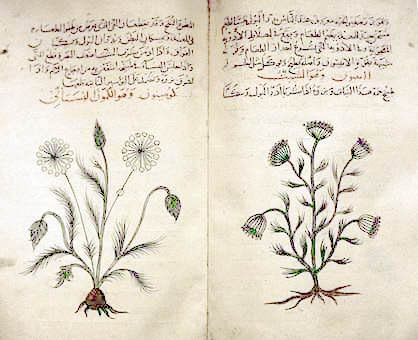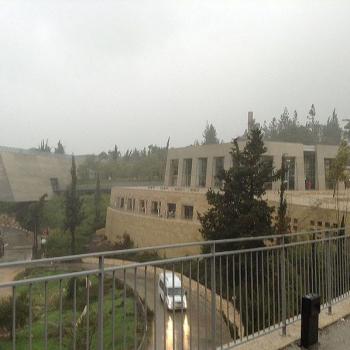
(Wikimedia Commons public domain)
I continue with a few notes from James Hannam, The Genesis of Science: How the Christian Middle Ages Launched the Scientific Revolution (Washington DC: Henry Regnery, 2011).
First, from the book’s introduction to the book, titled “The Truth about Science in the Middle Ages”:
Commenting upon the legacy of Andrew Dickson White (1832-1918), president of Cornell University and one of those chiefly responsible for creating the very often illusory narrative of historical conflict between religion and the sciences, Hannam observes that
The hordes of footnotes that mill around at the bottom of each page of his book A History of the Warfare of Science with Theology give the illusion of meticulous scholarship. But anyone who checks his references will wonder how he could have maintained his opinions if he had read as much as he claimed to have done. (xvi)
Recent research has shown that the Middle Ages was a period of enormous advances in science, technology, and culture. The compass, paper, printing, stirrups, and gunpowder all appeared in western Europe between 500 and 1500 AD. (xvii)
It’s true, Hannam remarks, that all of the specific advances listed just above originated outside of Europe. But, he says, Europeans developed them to a far higher degree than others had.
Meanwhile, the people of medieval Europe invented spectacles, the mechanical clock, the windmill, and the blast furnace by themselves. Lenses and cameras, almost all kinds of machinery, and the industrial revolution itself all owe their origins to the forgotten inventors of the Middle Ages. Just because we don’t know their names does not mean that we should not recognize their achievements. (xvii)
***
Medieval medicine, of course, was far less advanced than ours, and Hannam frankly acknowledges that, very commonly,
you would be better off praying at a holy shrine than visiting a doctor. (xxi)
This reminds me a bit of some of the very critical statements about doctors made by Brigham Young, who has, as a result of them, been accused of being anti-intellectual and hostile to science. But, of course, the medical procedures of Brigham’s day were not those of a modern hospital. Genuinely modern medicine is, well, genuinely modern.
Consider, for example, what historians say about medical practices during the American Civil War: Illnesses like dysentery, typhoid fever, pneumonia, mumps, measles, and tuberculosis spread rapidly among the poorly sanitized but densely populated military camps of both North and South. Physicians often treated diseases like syphilis with mercury, which was itself potentially toxic. Battlefield remedies were commonly worse than the disease. And then there was gangrene, resulting from severe wounds and amputations. It’s been estimated that, of the approximately 620,000 Union and Confederate soldiers who died during the War Between the States, two-thirds of those fatalities resulted not from enemy fire, but from disease.
Things need to be kept in proper historical perspective.
Posted from Victoria, British Columbia












